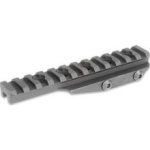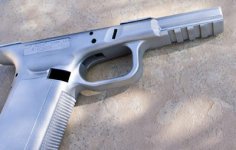I have to go with what highvel said.
It takes time after the flint stirkes before a flintlock actually fires. Follow through is crucial to any kind of accuacy as you must ignore the flash in the pan and keep the site picture perfect for the half a second or so until the rifle or musket actually fires. It's extra hard if you shoot long guns left handed like me, becuase the pan flashes right in front of your face.
It takes time after the flint stirkes before a flintlock actually fires. Follow through is crucial to any kind of accuacy as you must ignore the flash in the pan and keep the site picture perfect for the half a second or so until the rifle or musket actually fires. It's extra hard if you shoot long guns left handed like me, becuase the pan flashes right in front of your face.


